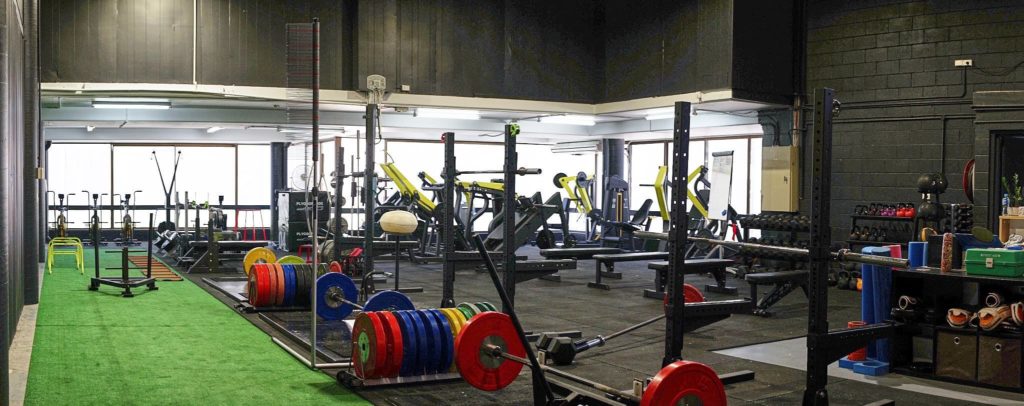All gyms have been closed. We can thank COVID-19 for that. Despite our best intentions, many of us have slowed down our training or fallen off the wagon completely.
Now that the gyms are reopening, fitness fanatics are jumping back into their usual training routines, personal trainers are back and many are welcoming the return to some semblance of normal.
Before you jump back into your usual training routine, I ask you to answer this one question: Did your training reduce in frequency/intensity during isolation?
If you answered yes to this question, you should reconsider starting up where you left off. Prolonged breaks in your normal training routine will inevitably lead to changes to the body’s systems. As a result, jumping back into your usual routine could lead to injuries.
There are plenty of strategies that you can use to ensure your return to the gym is positive, and injury free:
1.Set some SMART goals:
Now is the perfect time to sit down and reassess where you are and where you want to take your fitness. Setting SMART goals: Specific, Measurable, Attainable, Relevant, & Time Based are a nice and simple way to set achievable goals. There is some great information about SMART goals here.
2. Undertake a Functional/Fitness assessment:
Once you have set some goals, a Functional/Fitness Assessment is a great way to determine where you are at currently. Knowing your baseline fitness levels and your Acute/Chronic workload ratios, will assist you in knowing where to restart your training.
This assessment should be specific to you and what are hoping to achieve. Ensure your coach is aware of your goals, so your functional assessment can be tailored to you.
You can book your functional assessment with one of our Personal Trainers here
3. Go back to the basics and perfect them:
Forget the fancy exercises, programs and gimmicks that are out there. Go back to the basics and perform them well. Appropriate technique, progressive overload and consistency are the key to achieving your fitness goals.
Performing the 5 basic movements patterns well will give you a good baseline to work from. These include the Squat pattern (goblet, back squat), Hip Hinge pattern (deadlift, RDL’s), Lunge (backward/forward/split squat), Push (bench/Overhead Press), and Pull (bent over row/seated row/lat pulldown).
For those unfamiliar with exercise, investing in an experienced coach will go a long way to to assisting you achieve your goals.
4. Ease back into routine:
Taking 3-4 weeks to ease back into your routine, will reduce overload and subsequent aches/pains/injuries and improve your ability to sustain your training regime. Reduce your weights/reps/sets, reduce the intensity of your workouts and plan rest days to manage the frequency of your training. You will thank yourself next month when you are feeling stronger, fitter, and have more energy without the niggling injuries.
5. Recovery:
Allowing sufficient recovery is so important when starting up training again. Eating enough of the right foods, drinking enough water, and getting enough rest will ensure your body recovers suitably between training sessions.
If you are looking gyms or a coach to get you back into training in a safe and effective manner, go no further than the experienced team at Elevate Training Centre. Contact us for more information
Written By:
Karen Jamieson – Physiotherapist
Elevate Training Centre


